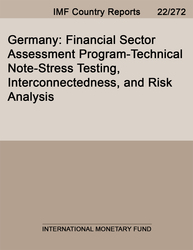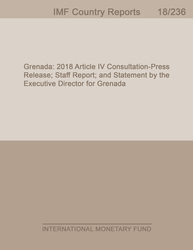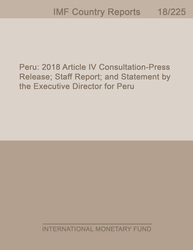
Germany:Financial Sector Assessment Program-Technical Note-Stress Testing, Interconnectedness, and Risk Analysis
Financial Sector Assessment Program-Technical Note-Stress Testing, Interconnectedness, and Risk Analysis
READ MORE...
Volume/Issue:
Volume 2022
Issue 272
Publication date: August 2022
ISBN: 9798400218019
$20.00
Add to Cart by clicking price of the language and format you'd like to purchase
Available Languages and Formats
| English |
Prices in red indicate formats that are not yet available but are forthcoming.
Topics covered in this book
This title contains information about the following subjects.
Click on a subject if you would like to see other titles with the same subjects.
Banks and Banking , Finance , Money and Monetary Policy , International - Economics , hurdle rate , FSAP solvency , swap line , building and loan association , cash flow , ECB support , Commercial banks , Cooperative banks , Liquidity requirements , Stress testing , Liquidity , Global
Also of interest
Summary
The financial sector weathered COVID relatively well on the back of high pre-crisis capital and liquidity buffers, strong public and private sector balance sheets, and unprecedented public and ECB support. Immediate risks to Germany’s financial stability of Russia’s invasion of Ukraine appear to be manageable due to the banks’ limited direct exposures to Russia. However, risks associated with the economic fallout could impact some individual financial institutions, non-performing loans, and house prices. Real GDP growth was projected to regain momentum from mid-2022 onwards, but the war could hinder the recovery through supply constraints, higher-than-expected above-target inflation (with higher energy prices and supply constraints), a tightening of financial conditions, and shifts in investors’ confidence.
Copyright © 2010 - 2025
Powered by:
AIDC



